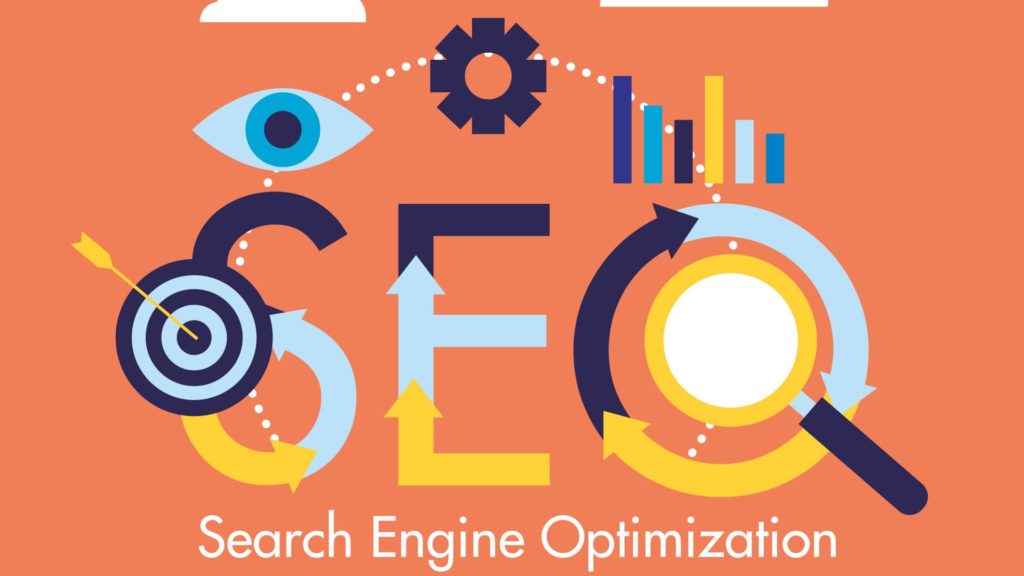What Are the Different Types of Online Advertising?
Reasons Why You Need a Social Media Content Calendar For companies, particularly in a market as active as Dubai, a strong social media presence is very vital. Any social media agency in Dubai must have a well-organized social media content calendar since it facilitates content development, improves interaction, and lets marketing initiatives match corporate goals. The reasons a social media content calendar is essential for companies and agencies are investigated in this paper. What is a Social Media Content Calendar? A social media content calendar is a strategic plan showing the items to be released throughout several social media platforms over a given period. It covers specifics such as the kind of material, publishing times, days, and platforms. It acts as a guide for properly managing social media operations so that every material connects with the target audience and complements marketing objectives. Benefits of a Social Media Content Calendar 1. Enhanced Organization A social media content schedule offers one of the main benefits in terms of organization. Ahead of time content planning helps companies make sure they are ready for forthcoming holidays, promotions, and events. This foreknowledge enables a more planned approach to content creation, therefore lessening the anarchy sometimes associated with last-minute publishing. For a social media agency in Dubai, this means better alignment with local events and cultural nuances, which can significantly enhance engagement with the audience. 2. Consistency in Posting Social media marketing requires consistency. Keeping the audience interested and fostering brand loyalty depends on a consistent publishing schedule, which is maintained in part by a content calendar. Planning helps agencies make sure they are regularly producing excellent pieces that capture their brand voice and messaging. This consistency not only builds trust but also helps active accounts’ exposure in social media algorithms. 3. Time Efficiency Though it first seems time-consuming, developing a social media content calendar eventually saves time. Social media managers can concentrate on other important facets of their approach, including interaction and analytics, by batching content development and advancing the scheduling of postings. Agencies handling several clients especially benefit from this efficiency since it helps to better allocate resources and control time. 4. Improved Collaboration Agencies depend on team member cooperation quite a lot. A content calendar offers a centralized forum whereby every team member may view forthcoming entries, share ideas, and offer comments. This openness guarantees everyone is in line with the general marketing plan and improves communication. In a market as varied as Dubai, where local knowledge and cultural sensitivity rule, group planning can produce more pertinent and powerful material. 5. Quality Control Before material goes online, a well-planned content calendar guarantees brand safety and upholds high standards using extensive review processes. Agencies can closely check, revise, and maximize their material by avoiding last-minute posts. This proactive approach lowers public relations risk, improves brand reputation, and helps find mistakes. Reviewing and improving material guarantees consistency, professionalism, and harmony with the narrative of the brand, thereby supporting a good marketing plan. 6. Strategic Content Planning Content calendars help agencies match their social media initiatives with more general marketing campaigns and corporate goals. Planning material around important events, new product introductions, or seasonal patterns helps agencies build coherent marketing plans appealing to their target market. Maximizing involvement and accomplishing marketing objectives depend on this strategic alignment. 7. Performance Monitoring and Examination Constant development depends on ongoing observation of social media initiatives. A content calendar facilitates the tracking of important performance indicators (KPIs) and the study of the success of several content kinds. Regular examination of what works and what doesn’t helps agencies improve their strategies, maximize upcoming materials, and more effectively serve the tastes of their audience. This methodical technique guarantees that material stays relevant, interesting, and consistent with the objectives of the business, therefore enabling more successful and powerful social media campaigns. 8. Flexibility and Adaptability A content schedule lets you be flexible even if it encourages uniformity and organization. Social media trends change quickly, hence agencies who have a calendar can modify their plans as needed. Whether it’s including popular subjects or reacting to events, a content calendar provides the framework needed to pivot fast without losing sight of broader objectives. Best Practices for Managing a Social Media Content Calendar To maximize the benefits of a social media content calendar, agencies should consider the following best practices: 1. Use Collaborative Tools Content calendar management using digital tools helps to improve teamwork and expedites the process. Real-time updates and feedback made possible by platforms such as Trello, Asana, or specialized social media management tools guarantee that everyone remains informed and involved in the process of creating materials. 2. Review and Update Regularly Considered as a live document routinely examined and updated, a content calendar should This approach guarantees that the material stays current with audience tastes and is relevant to current developments. Regular meetings can also point up any areas needing work or content shortages. 3. Integrate Various Content Types Including several content kinds on the schedule will help to keep the audience interested. This covers surveys, photos, videos, and user-generated material. Diverse material not only improves interaction but also meets various audience tastes in several media. 4. Schedule for Analytics Including analytics in the content, the calendar helps firms create quantifiable objectives for every piece. Defining what success looks like for various kinds of material helps agencies monitor performance and make data-driven decisions for the next projects. Conclusion A content calendar is a great tool for any agency, but especially in a market as active as Dubai, in the fast-paced realm of social media marketing. A well-organized social media content calendar can greatly increase the potency of marketing initiatives by guaranteeing regularity, improving organization, and encouraging teamwork. Using a content calendar approach will surely produce more effective and powerful social media campaigns as companies negotiate the complexity of digital marketing.
What Are the Different Types of Online Advertising? Read More »











